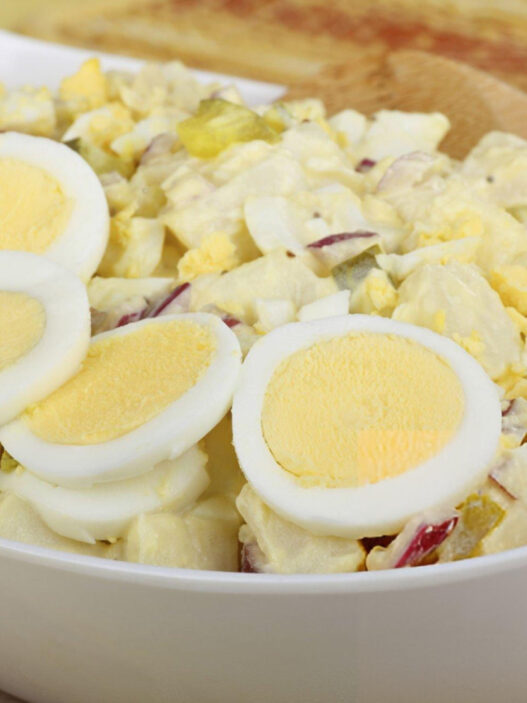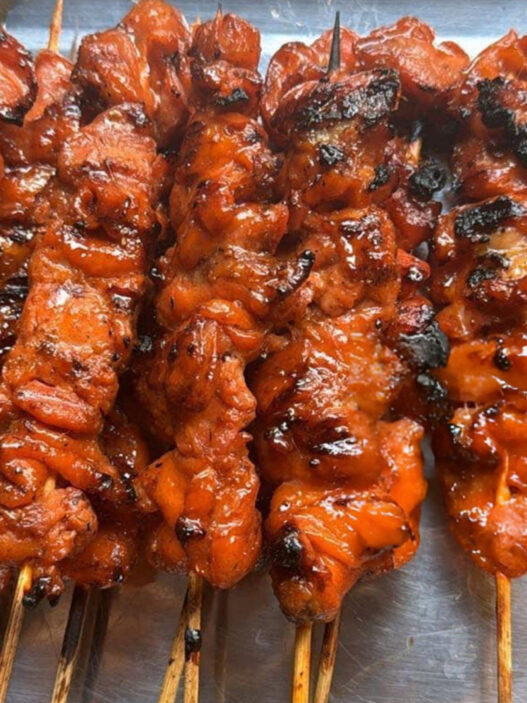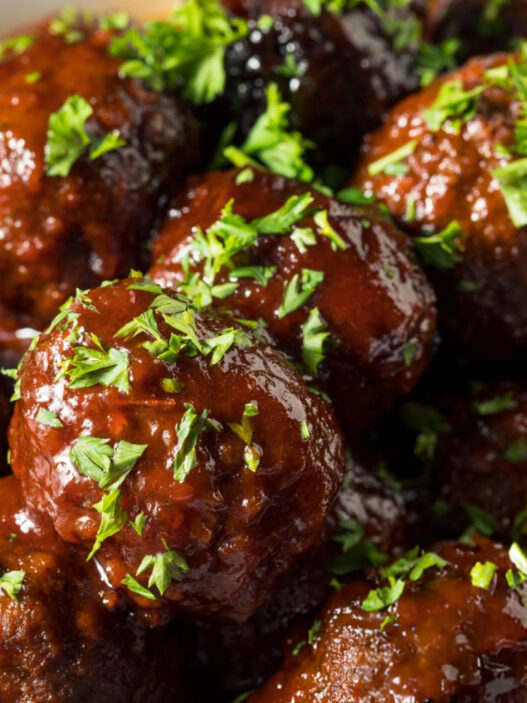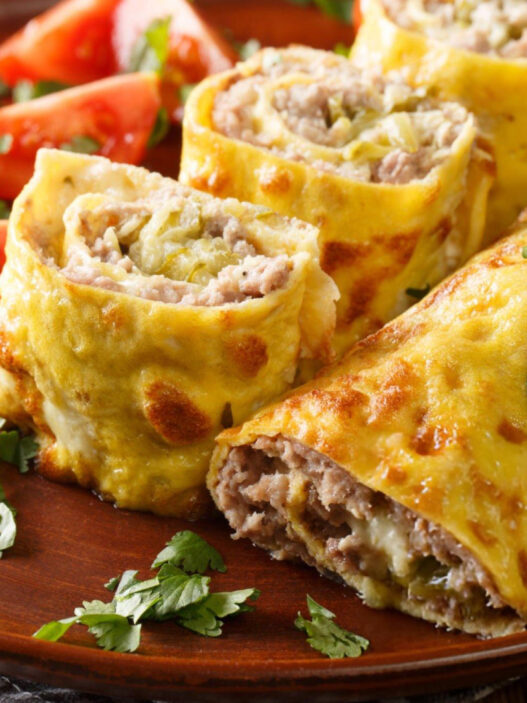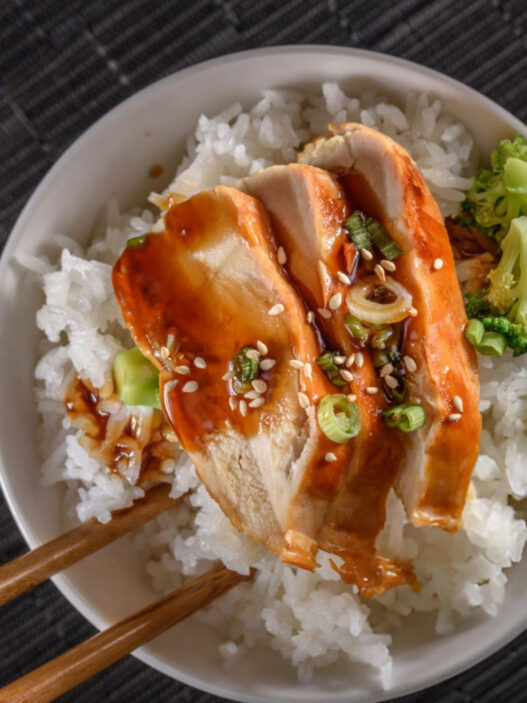Few pastries capture the heart quite like Tambun Biscuits. Perfect for celebrations or a simple afternoon tea, these delicate treats are a symphony of textures—crisp on the outside, tender within, and filled with luscious mung bean paste that melts in your mouth.
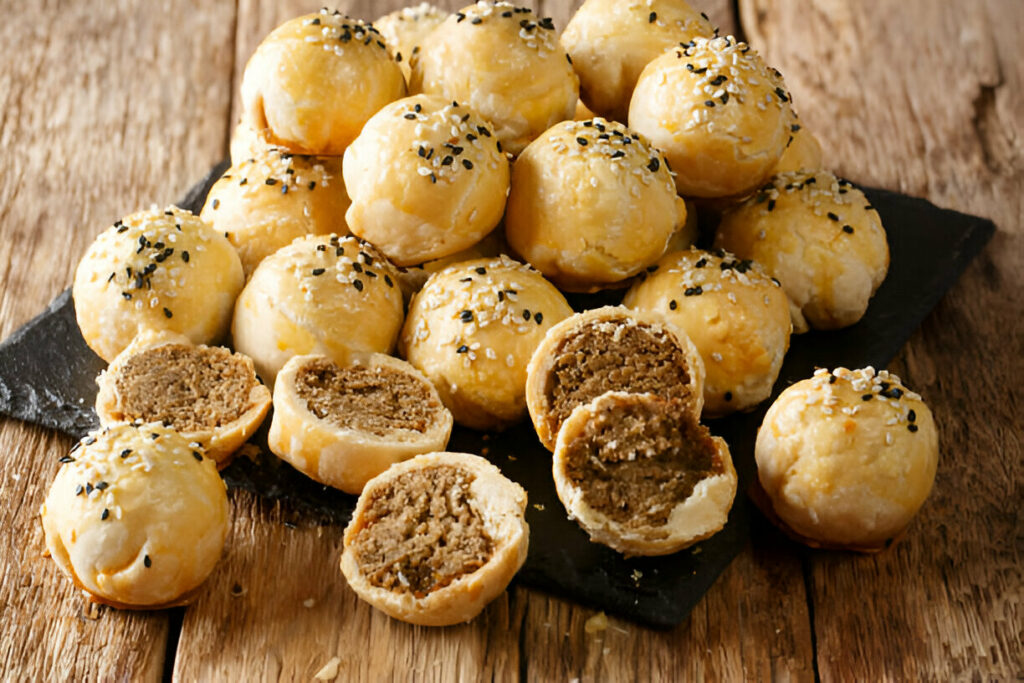
Ingredients Breakdown
The success of Tambun Biscuits hinges on mastering two doughs: water dough and oil dough. The water dough provides elasticity and strength, allowing it to encase the oil dough effortlessly. Meanwhile, the oil dough, rich in fat, creates those irresistible flaky layers once baked, giving the pastry its distinct, tender crispness.
Butter and leaf lard are essential in achieving the pastry’s delicate structure. Butter lends richness and a slight sweetness, while leaf lard brings unrivaled flakiness and a melt-in-the-mouth texture that vegetable oils cannot replicate. Using both ensures a luxurious, balanced dough.
The mung bean filling must be smooth, creamy, and lightly sweetened to complement the richness of the pastry. It should be thick enough to hold its shape when wrapped but soft enough to offer a creamy bite. Properly cooked and mashed mung beans, blended with just the right amount of sugar, are the key to this sumptuous core.
The final flourish comes from the egg wash—a simple blend of egg yolk and milk. This not only creates a stunning golden sheen on the biscuits but also adds a slight richness to the surface, making them look and taste even more inviting.
Step-by-Step Preparation Guide
Start by preparing the two doughs separately. The key to crafting perfect dough lies in gentle but thorough kneading. Overworking can make the pastry tough, while underworking can cause it to tear. The water dough should be elastic yet supple, and the oil dough tender but cohesive.
When wrapping, ensure the water dough fully encases the oil dough without gaps or air bubbles. A tight seal is essential to prevent the layers from splitting during baking, which could lead to uneven results.
The distinctive layering is achieved through a process of rolling and folding. Rolling the dough into an oval, rolling it up like a Swiss roll, rotating, and repeating the process develops multiple thin layers of fat and flour. This method ensures a beautifully flaky structure when baked.
When it’s time to fill the pastry, flatten the rolled dough carefully to avoid breaking the layers. Place the mung bean paste centrally, wrap it securely, and shape it either into a smooth ball or a slightly flattened disc. Proper sealing prevents the filling from leaking during baking.
Finally, baking requires a steady, moderate heat. Preheat the oven to 350°F (175°C) to allow the biscuits to bake evenly, achieving a golden-brown crust without burning. Allowing the biscuits to cool briefly on the baking tray before moving them to a rack helps them firm up and retain their shape.
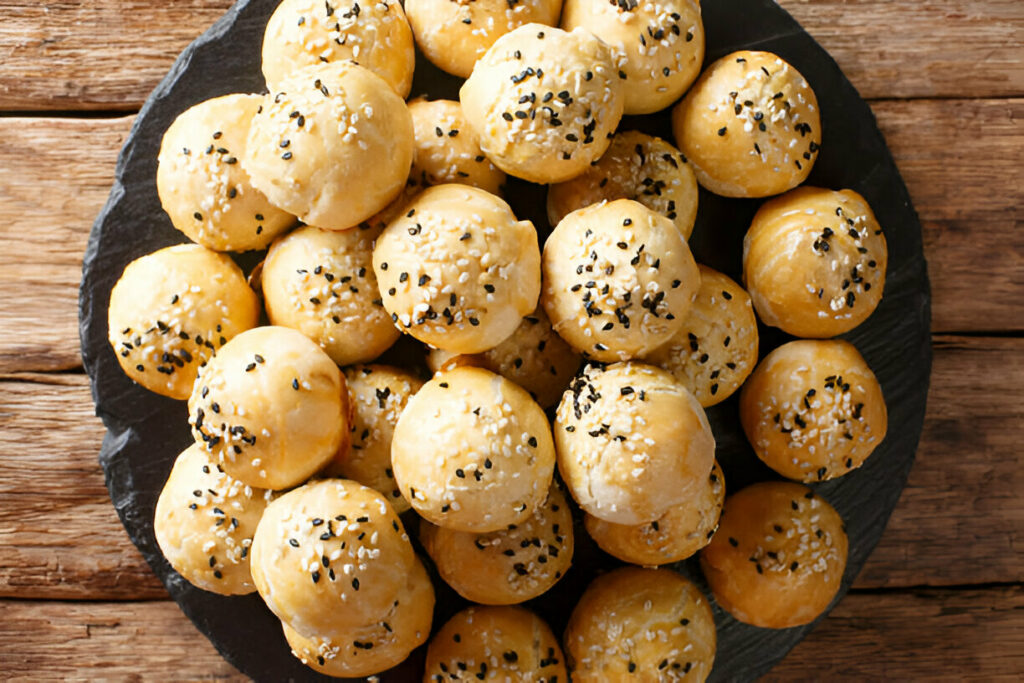
Recipe Tips & Frequently Asked Questions
How to prevent dough from drying during preparation:
Always cover your dough portions with a damp cloth while working to maintain moisture and pliability.
Why chilling ingredients matters for flaky pastry:
Cold butter and lard create steam during baking, forming airy layers and giving the pastry its signature flakiness.
Common mistakes when wrapping and rolling:
Avoid using too much pressure when rolling to prevent breaking the dough layers. Ensure the oil dough is fully sealed inside the water dough.
How to ensure the filling stays centered and intact:
Pinch and smooth the dough gently around the filling, removing any trapped air pockets that could cause uneven baking.
Can I substitute butter or leaf lard with other fats?
Yes, but the texture will differ. Shortening or pure butter can be used; however, the pastry may be less flaky without leaf lard.
What if mung bean paste is not available?
You can substitute it with red bean paste or lotus seed paste, adjusting the sweetness accordingly.
How long do Tambun Biscuits stay fresh?
Stored in an airtight container at room temperature, they remain fresh for up to one week. Refrigeration extends their shelf life by several more days.
Can these biscuits be frozen for later use?
Yes. Freeze after baking once completely cooled. Reheat briefly in a low oven before serving to restore crispness.
What to Serve With This Recipe
Tambun Biscuits pair wonderfully with a pot of Chinese tea, such as jasmine, oolong, or pu-erh. The subtle bitterness of the tea balances the pastry’s richness, cleansing the palate between bites.
For a broader dessert spread, consider assembling an Asian dessert platter. Combine Tambun Biscuits with colorful mochi, delicate egg tarts, and slices of kuih lapis for a festive presentation that impresses guests.
These biscuits are also a beautiful addition to special occasions like Lunar New Year, weddings, or afternoon tea parties, offering a refined alternative to Western pastries.
Creative Variations
Adding a sprinkle of black sesame seeds before baking introduces a delightful nuttiness that complements the mung bean filling and provides extra visual appeal.
For a fragrant twist, infuse the mung bean filling with pandan essence. The gentle, floral aroma brings an exciting depth to the otherwise classic flavor profile.
Sweet red bean paste makes an excellent alternative filling for a richer, slightly more robust taste, allowing endless variations while staying true to the traditional spirit of Tambun Biscuits.
Conclusion
Making Tambun Biscuits is a rewarding culinary experience that combines careful craftsmanship with rich, satisfying flavors. Each biscuit is a tiny masterpiece, layering crisp pastry over a creamy heart. Whether shared at a festive gathering or savored quietly with tea, these biscuits are a beautiful reminder of the magic hidden within handmade treats.
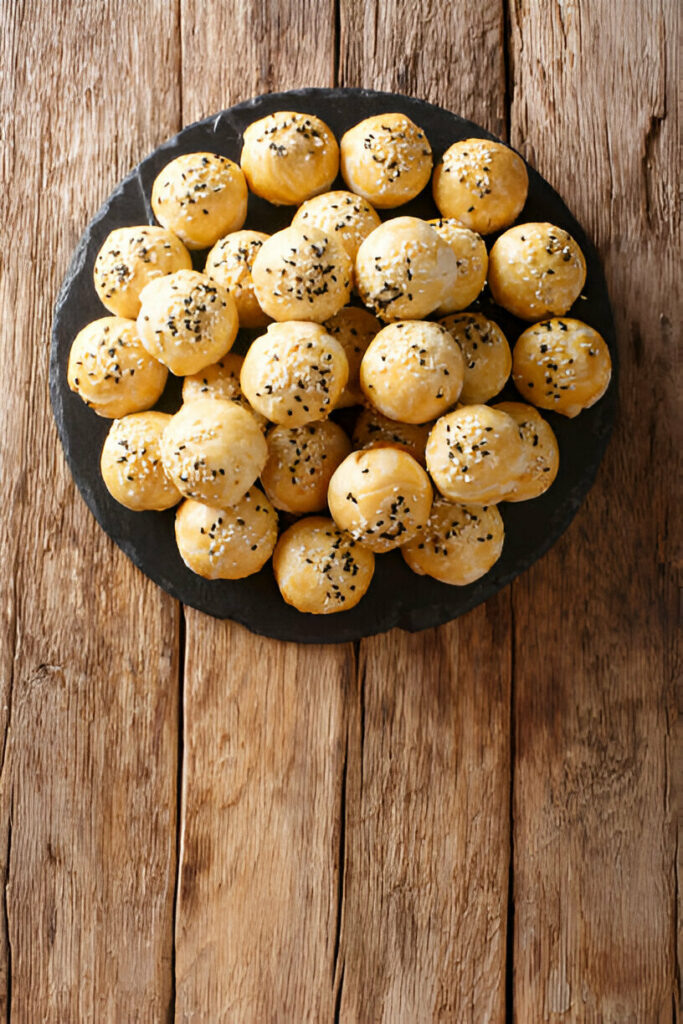
Ingredients
Water Dough:
100 grams All-purpose flour
25 grams Icing sugar
15 grams Leaf lard
15 grams Butter, chilled and cubed
35 grams Water
Oil Dough:
80 grams Cake flour
20 grams Leaf lard
15 grams Butter, chilled and cubed
Filling:
1 recipe Mung bean paste
Egg Wash:
1 Egg yolk
1 teaspoon Milk
Instructions
Prepare the Water and Oil Doughs:
Begin by preparing the oil dough. In a bowl, rub the cake flour with the leaf lard and chilled cubed butter. Knead gently until it comes together into a soft, pliable dough. Set aside.
For the water dough, mix the all-purpose flour and icing sugar in a large bowl. Add the leaf lard, chilled butter, and water. Knead the mixture until it forms a smooth, elastic dough that does not stick to your hands.
Divide both the water dough and the oil dough into 12 equal portions each. Cover with a damp cloth to prevent them from drying out.
Shaping the Biscuits:
Take one portion of the water dough and flatten it into a circular disc approximately 4 inches across. Place one portion of the oil dough in the center and enclose it fully with the water dough, pinching to seal. Repeat with the remaining portions.
Working one dough ball at a time, use a rolling pin to roll it into a long oval shape. Roll it up tightly from the short end, similar to rolling a Swiss roll. Rotate the rolled dough 90 degrees, and then roll it out again into an elongated oval. Roll it up once more tightly from the shorter edge.
Flatten each rolled dough with a rolling pin into a round disc about 4 inches in diameter. Spoon a portion of the mung bean paste filling into the center. Wrap the dough around the filling, pinching to seal and forming a ball. Shape as desired: either keep it round or gently press it into a flatter shape if preferred.
Preheat the oven to 350°F (175°C). Line a baking tray with parchment paper. Arrange the shaped biscuits seam-side down on the prepared tray, leaving a little space between each one.
Prepare the Egg Wash:
In a small bowl, whisk the egg yolk and milk together until well combined. Brush the tops of the biscuits lightly with the egg wash. If desired, sprinkle a few white sesame seeds over the tops for added texture and flavor.
Baking the Biscuits:
Place the tray into the preheated oven and bake for about 20 minutes, or until the biscuits turn golden brown and the tops are shiny and crisp. Remove from the oven and allow them to cool on the tray for about 1 minute before transferring them to a wire rack to cool completely.
Storing the Biscuits:
Once completely cooled, store the Tambun Biscuits in an airtight container at room temperature. They will stay fresh for up to one week. If storing longer, refrigerate them to maintain their texture and flavor.
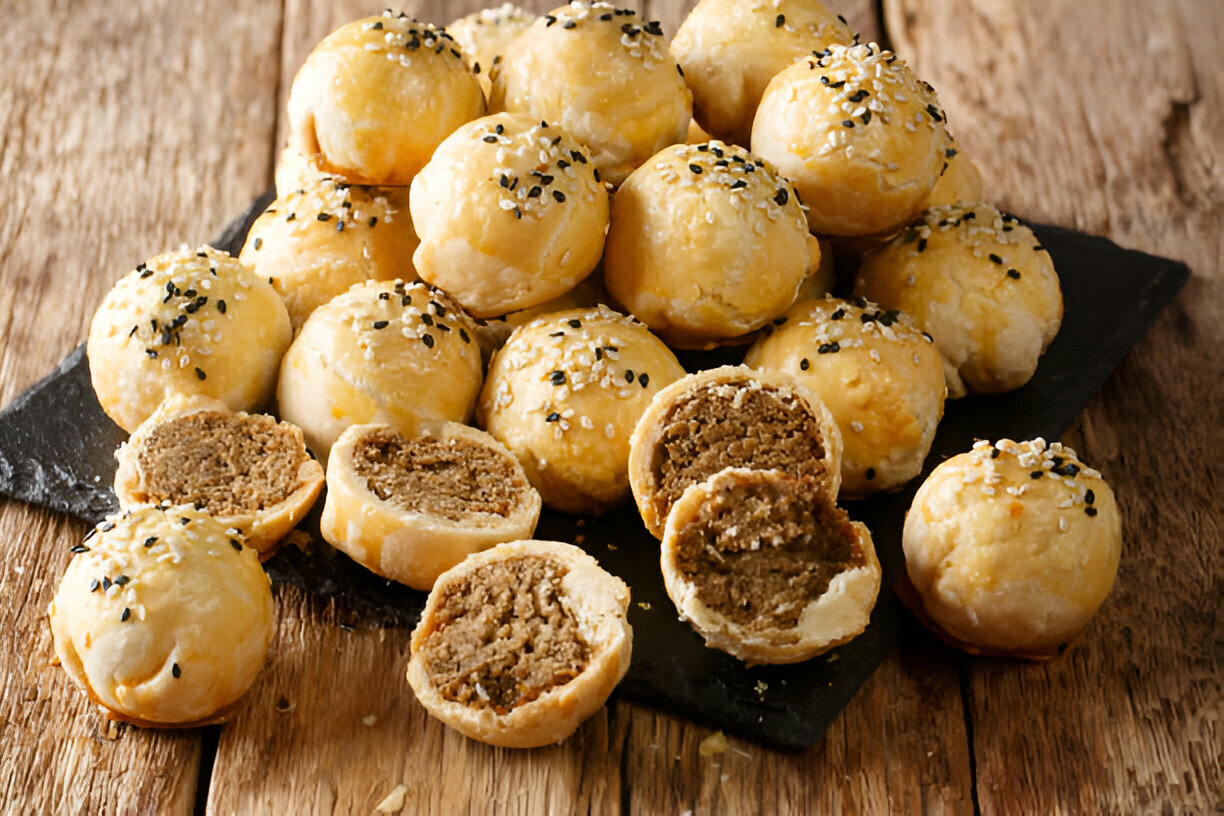
Tambun Biscuits Recipe
Ingredients
Water Dough:
- 100 grams All-purpose flour
- 25 grams Icing sugar
- 15 grams Leaf lard
- 15 grams Butter chilled and cubed
- 35 grams Water
Oil Dough:
- 80 grams Cake flour
- 20 grams Leaf lard
- 15 grams Butter chilled and cubed
Filling:
- 1 recipe Mung bean paste
Egg Wash:
- 1 Egg yolk
- 1 teaspoon Milk
Instructions
Prepare the Water and Oil Doughs:
- Begin by preparing the oil dough. In a bowl, rub the cake flour with the leaf lard and chilled cubed butter. Knead gently until it comes together into a soft, pliable dough. Set aside.
- For the water dough, mix the all-purpose flour and icing sugar in a large bowl. Add the leaf lard, chilled butter, and water. Knead the mixture until it forms a smooth, elastic dough that does not stick to your hands.
- Divide both the water dough and the oil dough into 12 equal portions each. Cover with a damp cloth to prevent them from drying out.
Shaping the Biscuits:
- Take one portion of the water dough and flatten it into a circular disc approximately 4 inches across. Place one portion of the oil dough in the center and enclose it fully with the water dough, pinching to seal. Repeat with the remaining portions.
- Working one dough ball at a time, use a rolling pin to roll it into a long oval shape. Roll it up tightly from the short end, similar to rolling a Swiss roll. Rotate the rolled dough 90 degrees, and then roll it out again into an elongated oval. Roll it up once more tightly from the shorter edge.
- Flatten each rolled dough with a rolling pin into a round disc about 4 inches in diameter. Spoon a portion of the mung bean paste filling into the center. Wrap the dough around the filling, pinching to seal and forming a ball. Shape as desired: either keep it round or gently press it into a flatter shape if preferred.
- Preheat the oven to 350°F (175°C). Line a baking tray with parchment paper. Arrange the shaped biscuits seam-side down on the prepared tray, leaving a little space between each one.
Prepare the Egg Wash:
- In a small bowl, whisk the egg yolk and milk together until well combined. Brush the tops of the biscuits lightly with the egg wash. If desired, sprinkle a few white sesame seeds over the tops for added texture and flavor.
Baking the Biscuits:
- Place the tray into the preheated oven and bake for about 20 minutes, or until the biscuits turn golden brown and the tops are shiny and crisp. Remove from the oven and allow them to cool on the tray for about 1 minute before transferring them to a wire rack to cool completely.
Storing the Biscuits:
- Once completely cooled, store the Tambun Biscuits in an airtight container at room temperature. They will stay fresh for up to one week. If storing longer, refrigerate them to maintain their texture and flavor.











